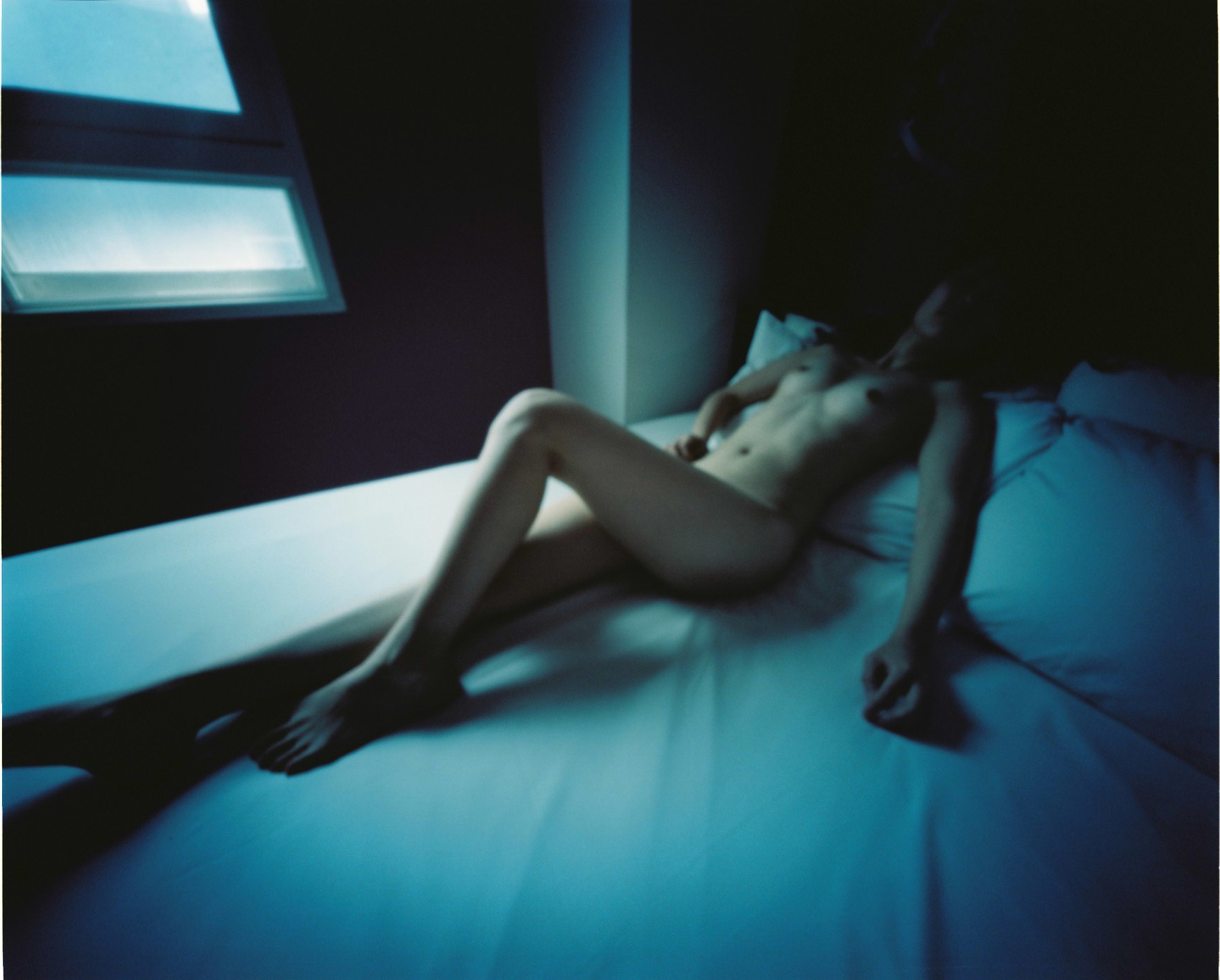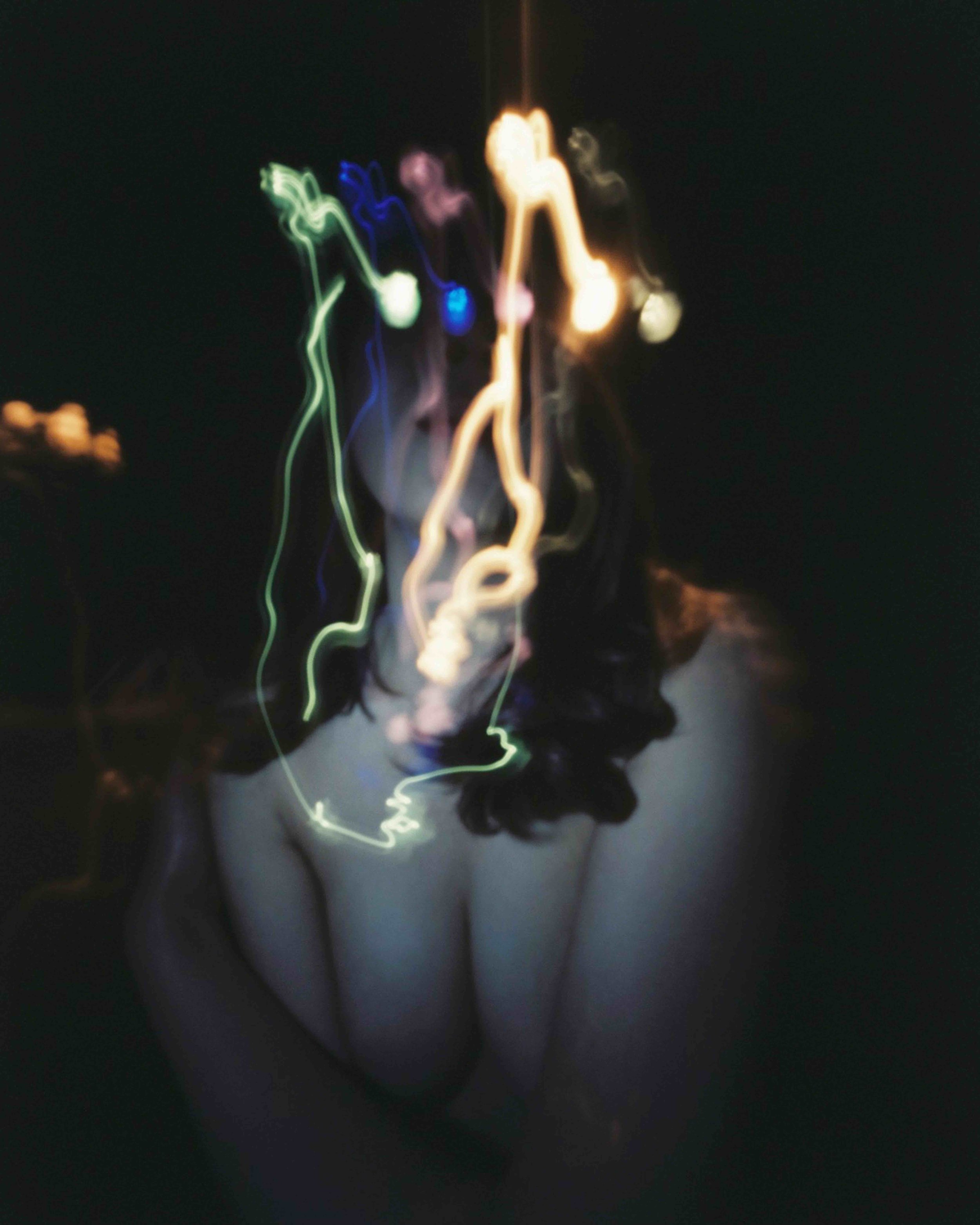“I prefer to hold my camera in my hands as long as possible. I use the image circle - the hallmark of the pinhole, to portray a subject through a voyeuristic viewpoint and adjust the relationship with the subject in time - be it past, present or future by using the low shutter speed and lighting. I hope that my persona continues to develop with the lasting portraits of them and these memories of life that brought me change.” — Yokko
In this digital age, South Korean photographer Yokko Seungyoun 요꼬승연, born in 1977, primarily uses a wooden pinhole camera to create his hypnotic body of work. Technically challenging, the combined practice of film and pinhole camera creates unpredictable and surprising results, requiring the utmost patience and fluidity from both the photographer and the sitter. Never fully knowable until the image is developed, this ongoing process embraces the technically specific, yet unknowable, nature of photography.
Within his series 14 Memories, Yokko records and charts his time with past lovers or 인연(in-yeon) over a period of sixteen years. A unique concept used in Korean culture, the concept of in-yeon differs from ideas of fatality, bondage or destiny popularly ascribed to romantic love. Instead, in-yeon evokes a sense of the ‘meant-to-be’ celebrating the unique and affirming bond crafted between romantic lovers. Yokko’s body of work investigates the altering potential of this bond, using his images to record and remember these moments of shared connection.
The portraits within 14 Memories are striking in their sensual intimacy and yet hold the viewer at a remove, offering a glimpse behind closed doors while presenting an image veiled in the hazy blur of long exposure. These images may appear to be shaky, but this is due to the characteristics of the pinhole camera; the lengthy exposures, the unrecognisable angle, the difficulty of setting the focus to the desired location. The images are often fragmentary, the body of the sitter rarely fully visible in the image. The camera cuts off parts of the figure, blurring the face, or layering the form in flashes of neon light. A flash and tripod are sometimes used to make clearer, sharper shots, but often these results are not as satisfactory to Yokko, the manual element of the medium being a key motivating factor behind his work.
Capturing moments of fleeting and intimacy through his rich visual storytelling, Yokko’s work is infused with the celebration of a shared moment.



















